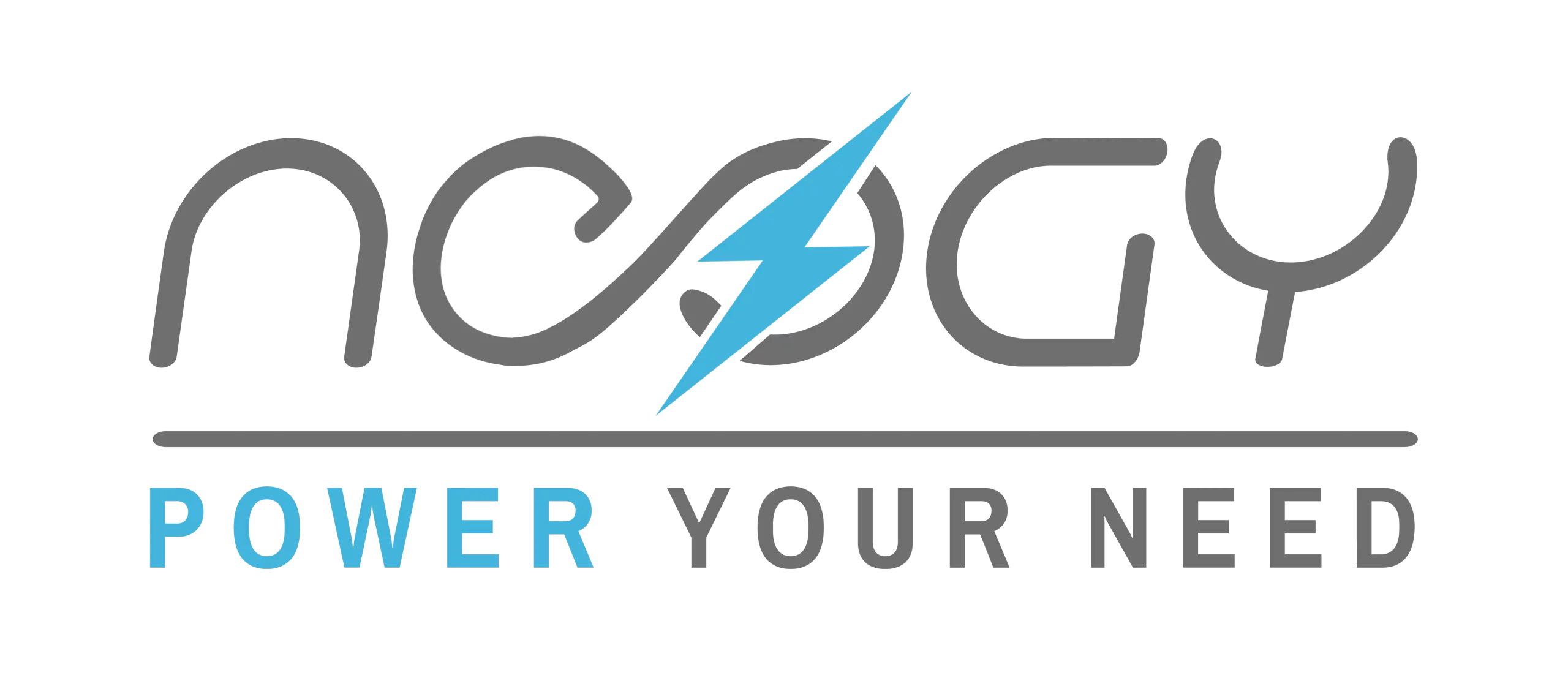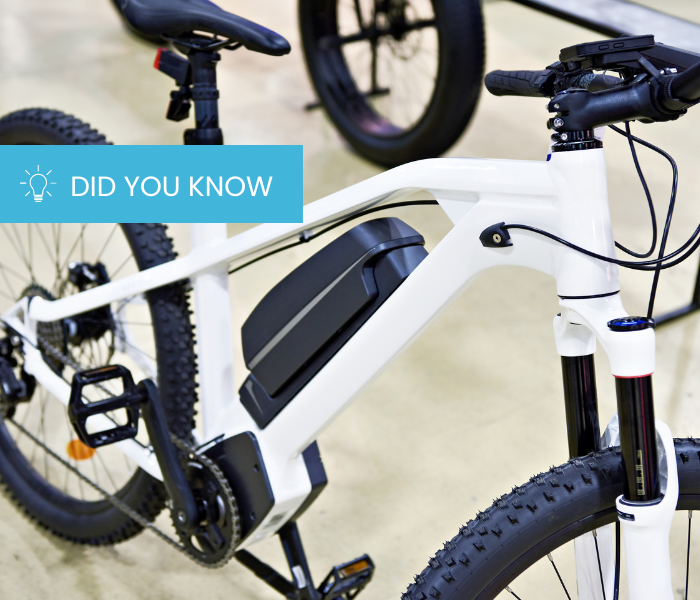The rise of electric mobility has propelled the e-bike industry to new heights. For e-bike manufacturers, the choice of battery is crucial to guarantee optimum performance and meet the expectations of their users. This article offers a guide to help manufacturers choose the most suitable battery for their e-bikes, based on 3 pillars: battery technology, voltage and on-board management system.
E-bike batteries: What are the different technologies available?
Lithium-ion: the new standard in batteries for e-bikes
With time and technological advances, the use of lithium-ion batteries has become widespread in electric mobility because of their high energy density, low weight, long range and long life. These are four essential factors in the design of on-board batteries, especially when it comes to electric bicycles.
- Energy density: Energy density refers to the quantity of energy stored per unit of mass or volume. A lithium-ion battery can achieve an energy density of 90 to 220+ Wh/Kg compared with a lead-acid battery, for example, which has an energy density of between 50 and 90 Wh/Kg.
- Weight: A lithium battery is on average 5 times lighter than a lead-acid battery, which helps to improve the handling and overall performance of electric bikes.
- Autonomy: Lithium-ion batteries currently offer greater autonomy than other technologies, enabling cyclists to cover longer distances by recharging the battery less often.
- Lifespan: The lifespan is the number of charge and discharge cycles of a battery, which refers to the number of years it can be used properly. A lithium-ion battery lasts around 3 to 4 times longer than a lead-acid battery, with little loss of efficiency over time. It is important to note, however, that the lifespan of a battery depends on how it is used.
It is worth pointing out that there are different categories of lithium-ion battery (lithium NMC, lithium LFP, etc.), each with its own specific characteristics in terms of power, lifespan and range. Choosing the right technology depends on the performance you want from your electric bike. As an expert in batteries and systems, Neogy helps e-bike manufacturers to choose the technology best suited to their needs and to meet their technical requirements.
Lead, nickel cadmium and nickel metal hydride: technologies less suited to electric mobility
Historically, lead, nickel-cadmium and nickel-metal hydride batteries have been used to power electronic and electrical devices. Although they are commonly used for other applications because of their affordable cost, their limitations in terms of weight, autonomy and lifespan make them less suitable for e-bikes.
E-bikes battery: choosing the right voltage
Batteries for e-bikes are available in a range of voltages, including 24V, 36V and 48V. The difference between these voltages lies mainly in the power and performance they offer.
Variations in voltage have an impact on battery efficiency. Here’s a comparison of the different voltages:
- 24V batteries: 24V batteries are generally used for small electric bikes or light-assist electric bikes. They offer a lower power output and are suitable for users looking for ‘basic’ range and moderate performance. This type of battery can be used in entry-level electric bikes, for example, although fewer and fewer manufacturers are turning to this choice.
- 36V batteries: 36V batteries are commonly used in medium-sized electric bikes. They offer greater power and range than 24V batteries, making them suitable for everyday use and longer journeys.
- 48V batteries: 48V batteries have become the standard for many electric bikes. They offer the best power/safety ratio and extended range, enabling cyclists to cover longer distances with faster acceleration and greater ability to climb gradients. Located below the high-voltage threshold set at 60V, these batteries free themselves from a number of technical (the development of a high-voltage BMS) and legal constraints.
Choose a battery with an appropriate management system
A Battery Management System (BMS) is essential for optimising performance, guaranteeing safety and prolonging battery life, particularly in the case of lithium-ion batteries.
Using on-board software, the BMS constantly monitors the battery’s state of health (SOH), state of charge (SOC), cell temperature and voltage. It ensures balanced charging of the cells, prevents overcharging and excessive discharging, and offers protection against short circuits.
E-bike manufacturers must make sure they choose a battery with a suitable BMS to ensure the safety of their customers, especially when the battery is removable and therefore easy to handle.

Select tailor-made batteries made in France
Aware of the importance of choosing the right battery for electric bike manufacturers, Neogy supports them with batteries and systems tailored to each of their needs.
E-bikes battery developed by Neogy meet the requirements of electric mobility thanks to an A to Z support method:
- Pre-study and technical offer based on customer requirements
- Design (mechanical, mechatronics, modelling, sourcing, etc.)
- Prototyping and testing
- Certification
- Pre-production and qualification
- Industrialisation in our 3000m2 factory in Pompignac (France)
All batteries produced by Neogy are fitted with a BMS boards designed in-house by BMS PowerSafe, a subsidiary of the Startec Energy group and a sister company of Neogy.
Would you like to find out more about our expertise in designing your batteries? Reach out an e-bike battery expert.

